Sleeper Gold Head Goby
-
- Description
- Additional Information
- Reviews
Sleeper Gold Head Goby Info
The most common names used for Yellowheaded Sleeper Goby are those of the Pennant Glider Yellowheaded, Golden Head Sleeper, Blueband, Bluecheek Goby, Bluestreak Goby, or Gold Head Sleeper Goby.
They have a white body with a head of yellow and vibrant electric blue marks on their faces. They are stunning together in a big enough aquarium.
They are found in the lower part of your tank. They have a blast searching through the sand bed or making little borrowings which helps keep your sandbed tidy and well-aerated. Making sure you have secured your rocks is vital for keeping these fish because they can burrow into the rockwork, which could make it unstable.
They are reef safe and will not hurt other fish, or tug corals. They could get territorial with other gobies that sift sand, particularly those belonging to their own species, but they are able to be kept in tanks as a mated pair.


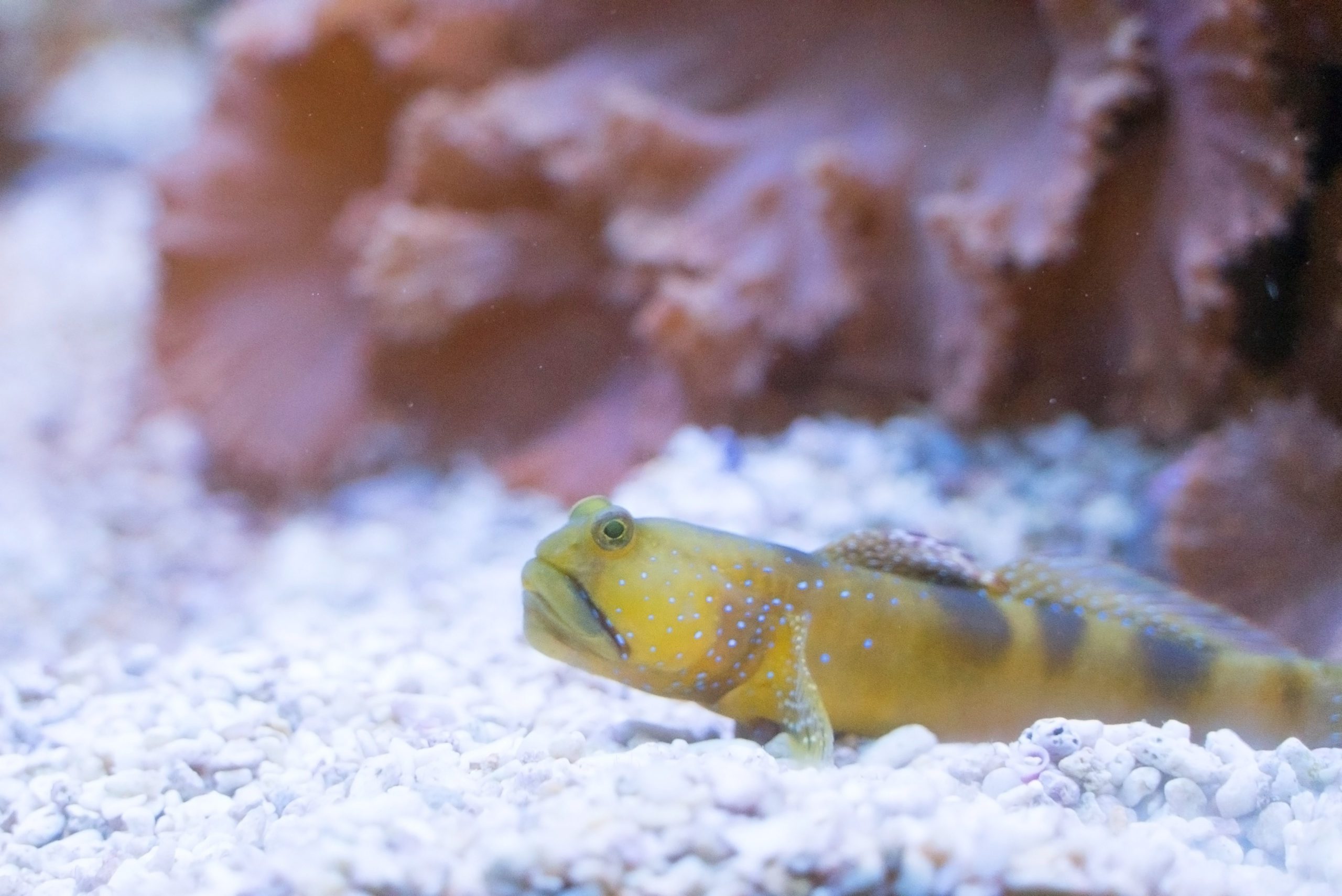
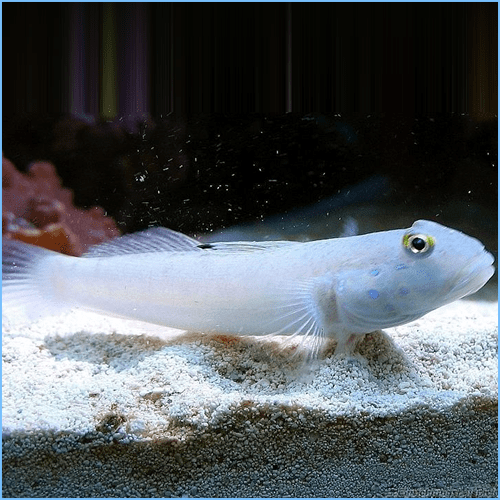
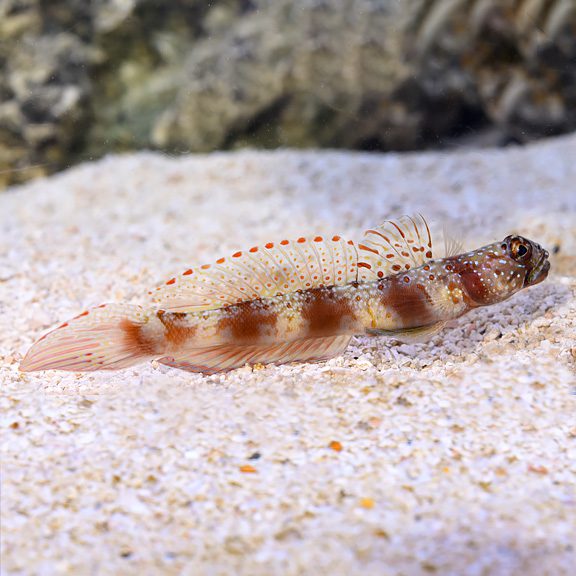
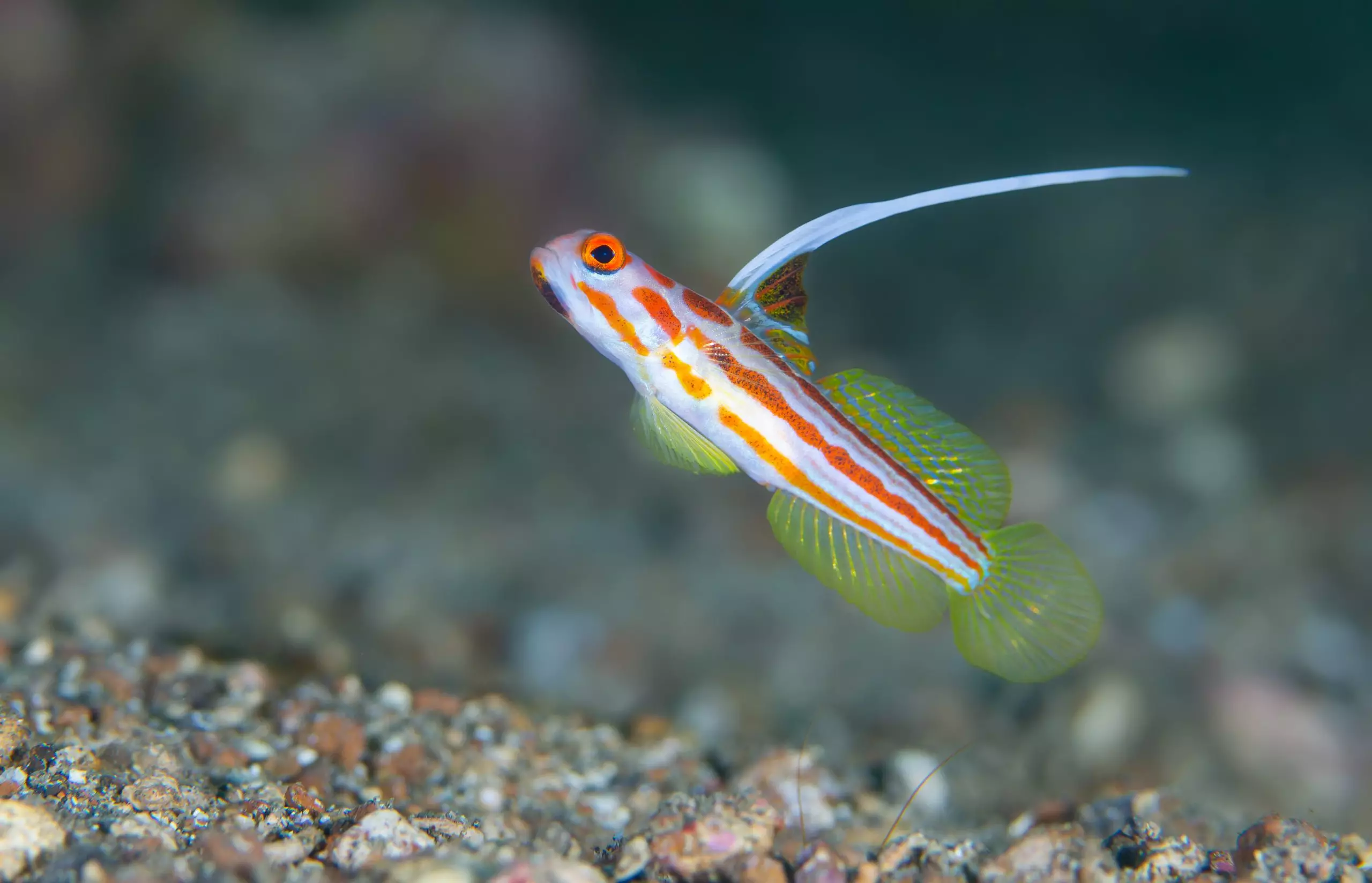
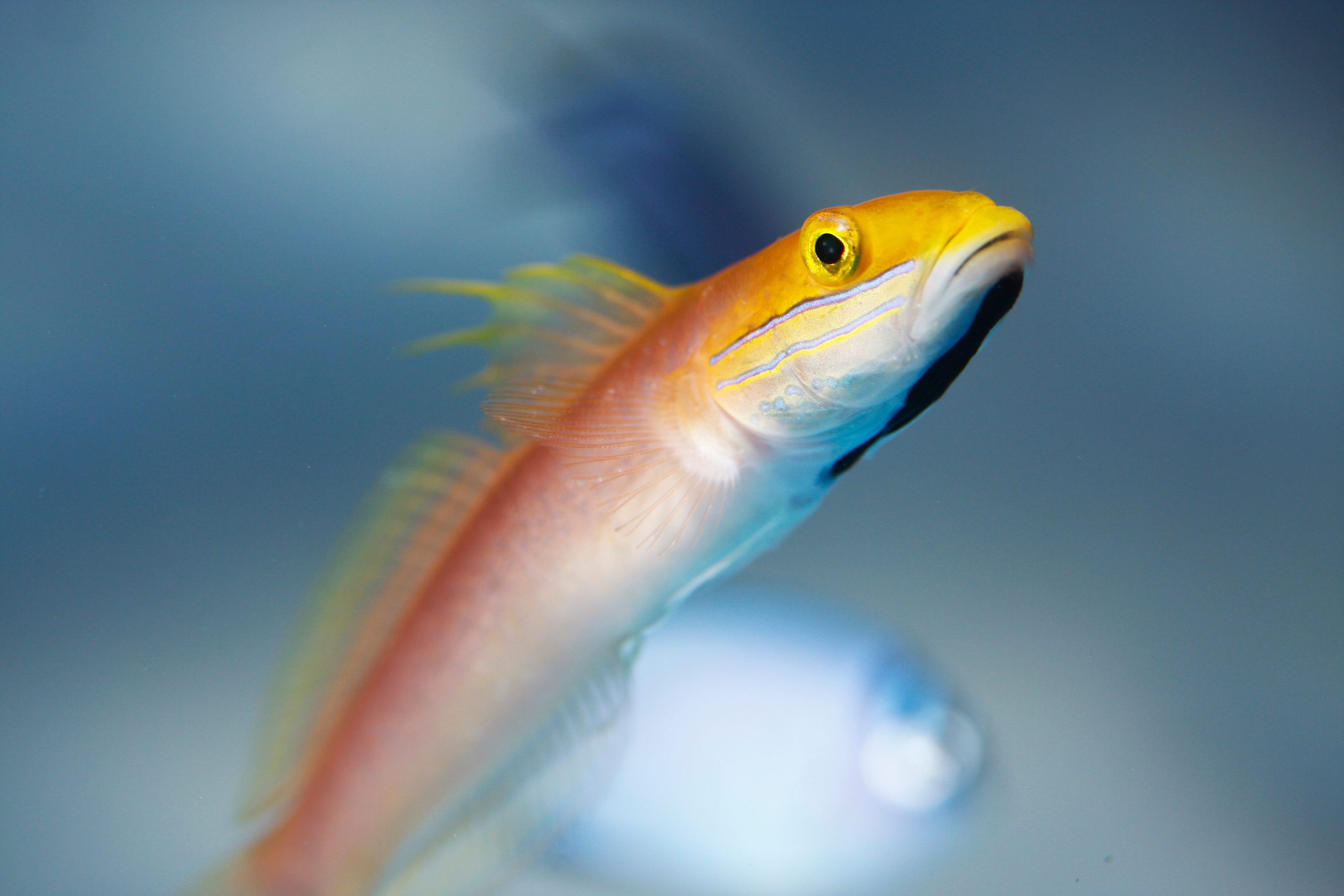
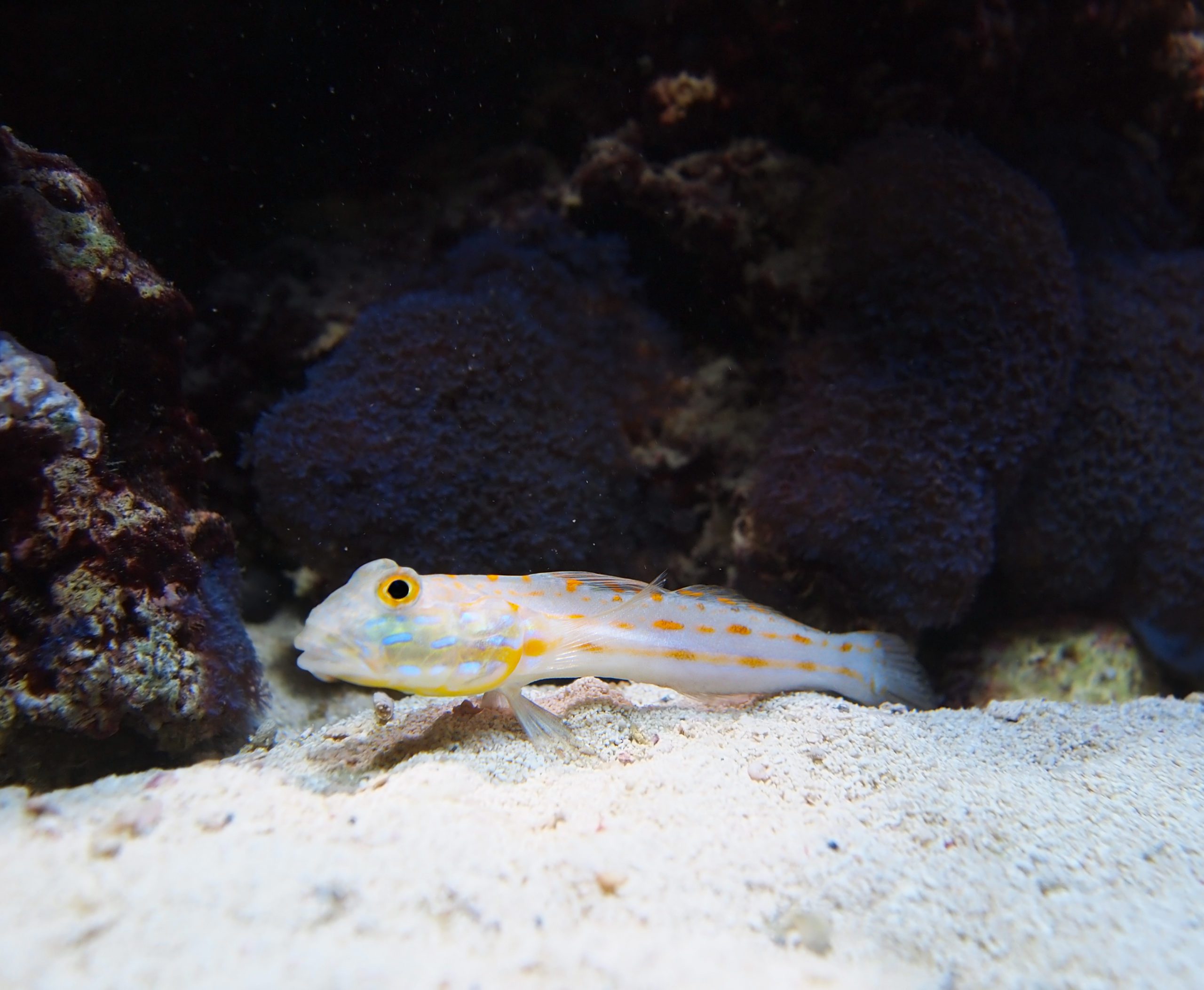
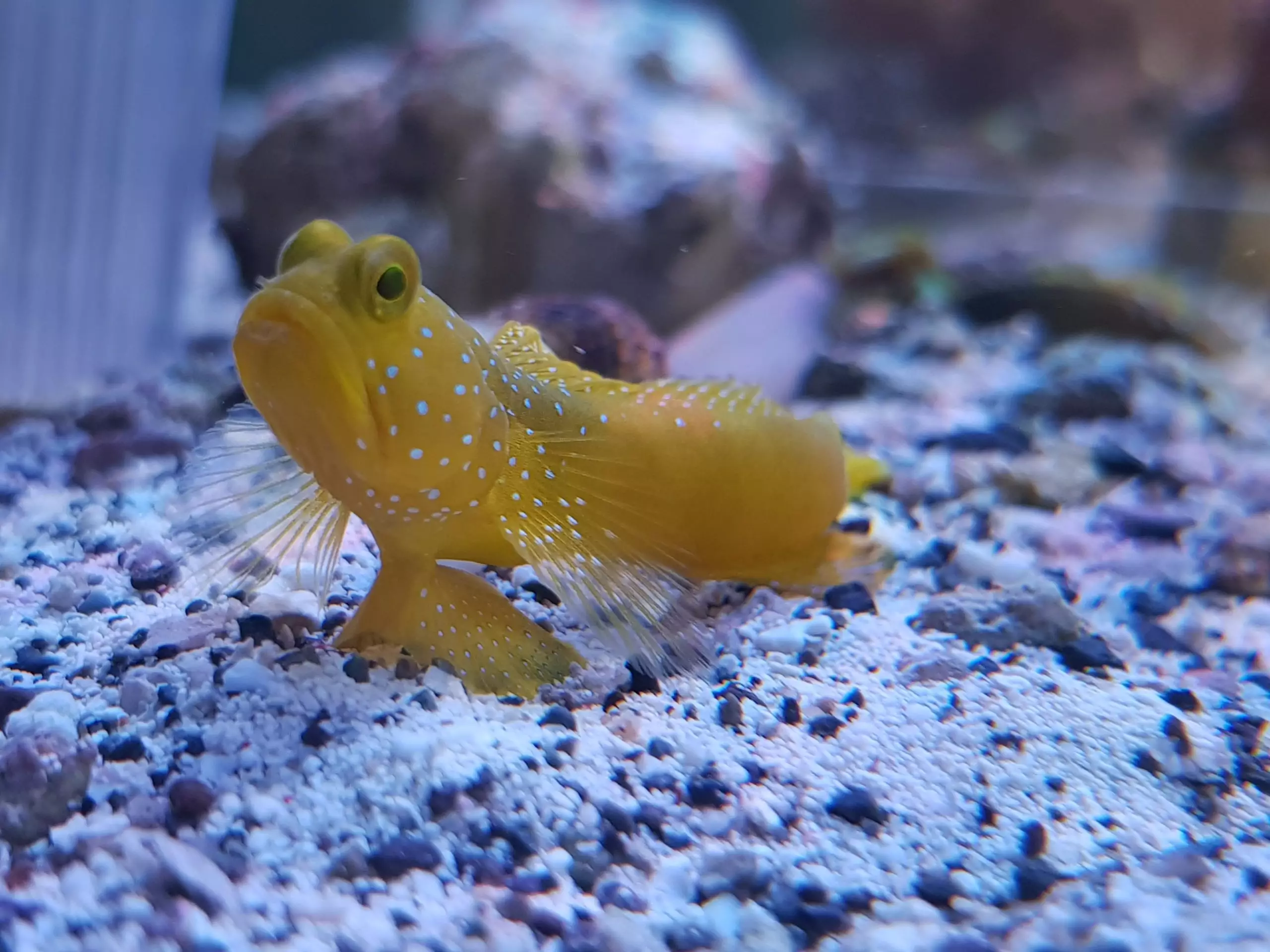


Reviews
There are no reviews yet.